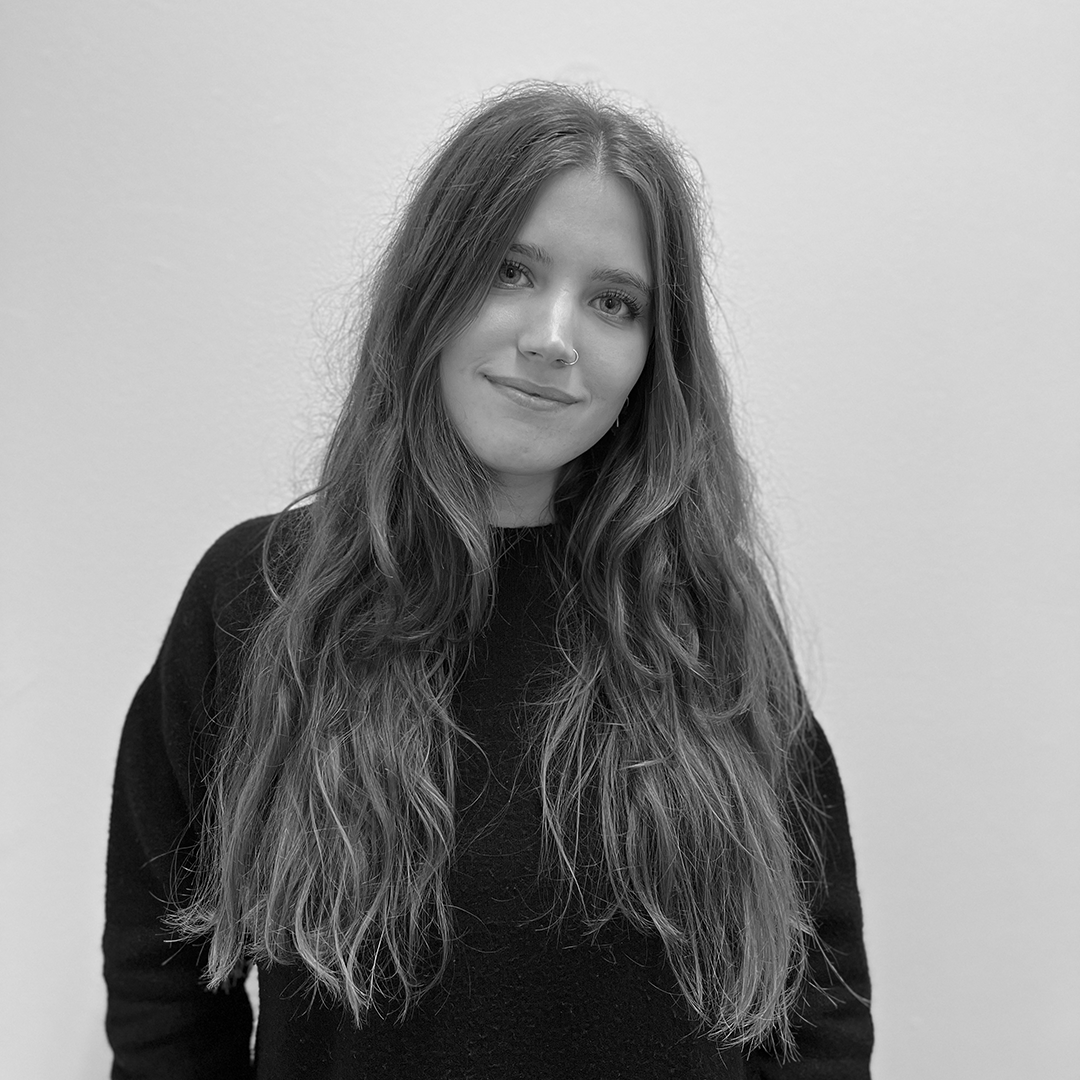
- December 04, 2024
Born in 2000 in the province of Bergamo. Passionate from an early age about nature and the elements that surround it, at the end of her scientific high school career she develops an interest in sustainability and circularity. After obtaining the Bachelor’s degree in Product Design at the Politecnico di Milano, she decided to continue her studies at the same university with the Master’s degree in Integrated Product Design. During her studies she was interested in the world of materials and biomaterials, to study, deepen and explore them in new fields of application. In particular, exploring new opportunities to create a sensory connection point between product material and user; but also to explore new possibilities at technical and formal level of the material applied in the world of design.
Abstract
The thesis aims to investigate the potential of invasive algae as a cellulose source. Algae growth provides important food for many organisms and releases oxygen through photosynthesis. However, algae become parasitic under certain conditions, causing excessive growth that forms floating mats. Studies confirm that climate change and water eutrophication are major causes. These thick floating layers block light, hinder deep water aeration, and harm photosynthetic organisms below. Algae offer a substantial biomass resource, underutilized compared to land plants, especially in material applications. This thesis explores maximizing these organisms’ potential, even by combining them with other plant fibers, to discover cellulose alternatives typically sourced from wood, enhancing both aesthetic and sensory qualities for new applications.
Thesis progress (December 2024)
Per iniziare la parte di sperimentazione e creazione di campioni di materiale, le alghe sono state raccolte da un laghetto (Lago di Endine, BG) particolarmente infestato e con aree completamente ricoperte da tappeti di alghe (Fig. 1, 2, 3, 4, 5).
Le alghe sono state accuratamente lavate, più di una volta, e fatte essiccare al sole per un totale di quasi una settimana. Fino ad ottenere una biomassa completamente secca e priva di un qualsiasi residuo non algale (Fig. 6, 7, 8, 9).
All’inizio della fase sperimentale della tesi sono stati fatti dei campioni con sole fibre di canapa trattate con una soluzione di acqua e bicarbonato di sodio e, in seguito, con un’ulteriore soluzione di acqua e acido citrico per un totale di 5 ore, ad una temperatura elevata (su piano ad induzione in casa). Il trattamento serve per rendere le fibre più pure, per ammorbidirle, e per far sì che esse siano più utilizzabili per processi come quello approfondito nella tesi. Si è voluto partire da campioni con solo fibre di canapa, per capire nello specifico il processo di compressione ideale, prima di utilizzare effettivamente le alghe e per capire le percentuali giuste di amido di mais, usato come collante tra le fibre (Fig. 10,11).
Una volta compreso il processo e gli strumenti ideali per la compressione, è iniziata effettivamente la sperimentazione con la biomassa algale. Anch’esse sono state trattate con una soluzione di acqua e bicarbonato di sodio e, poi, con una soluzione di acqua e acido citrico, per un totale di 4 ore di trattamento. Da qui, è partita la sperimentazione effettiva di campioni con diverse percentuali di alga e fibre di canapa, fino ad arrivare a campioni stratificati con diversi metodi di adesione tra uno strato e l’altro (fase attualmente in corso) (Fig. 12,13,14,15,16).
Campioni asciugati (Fig. 17,18).